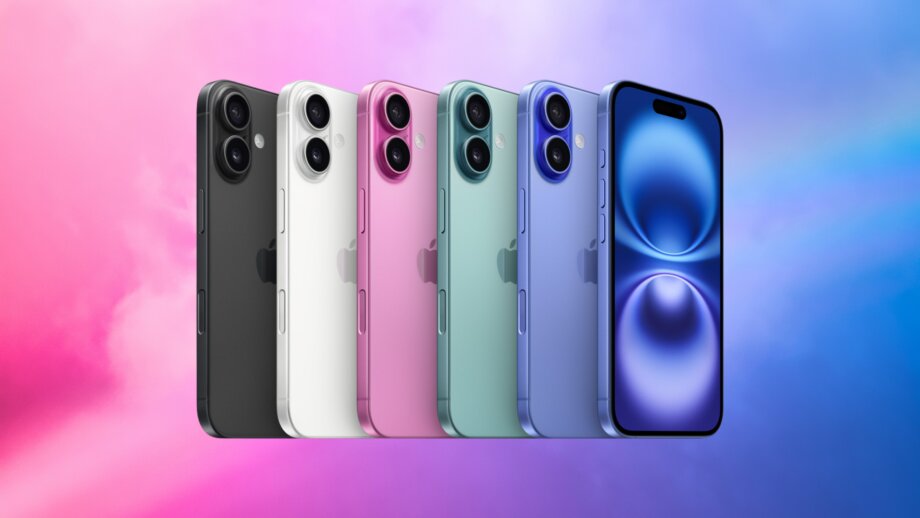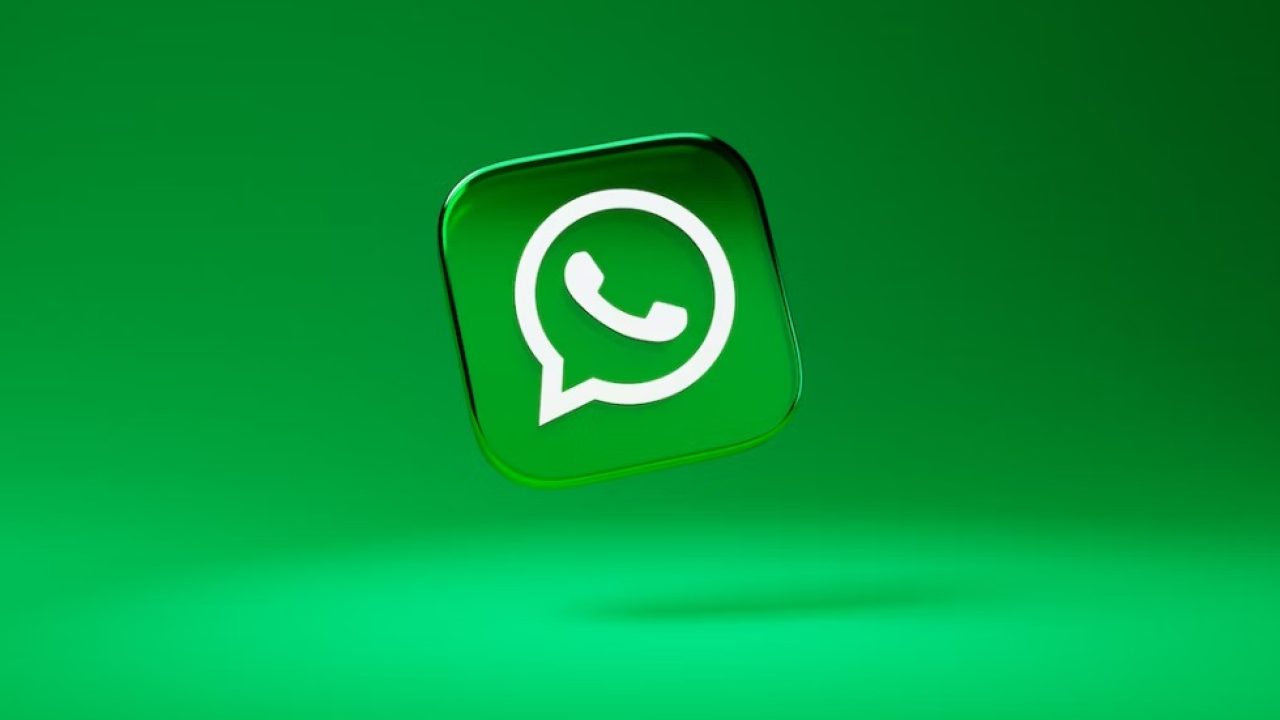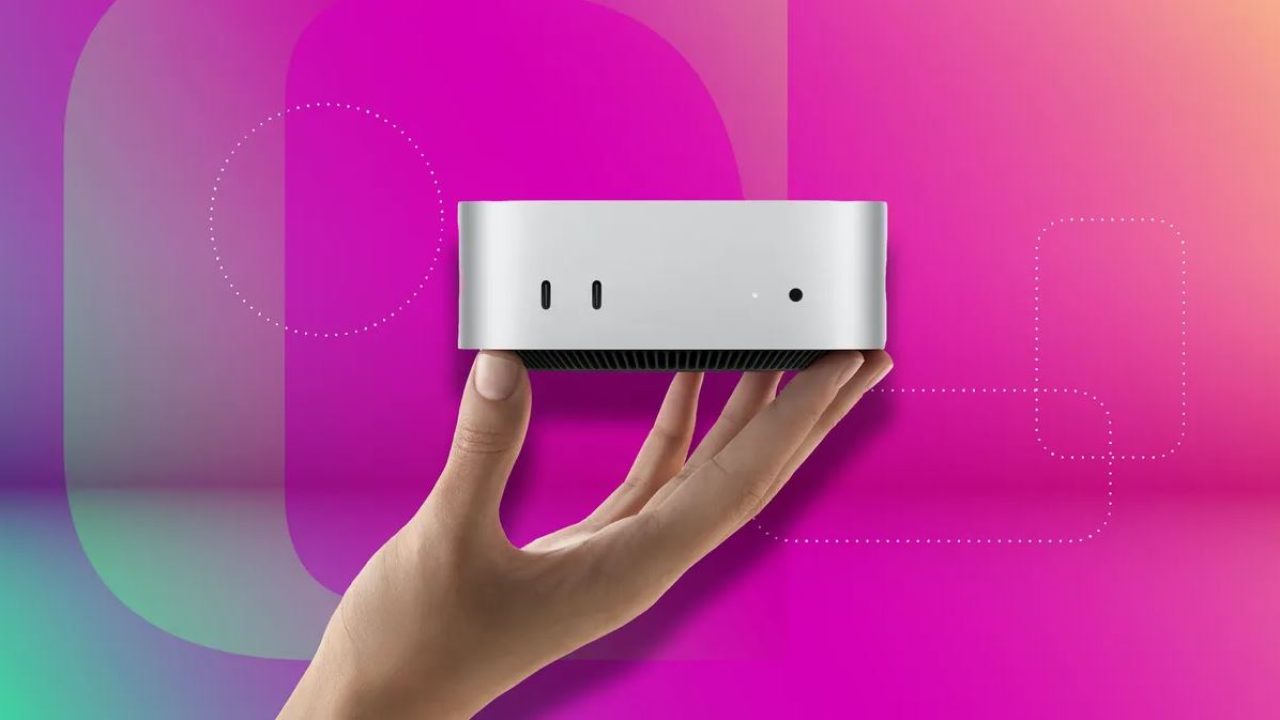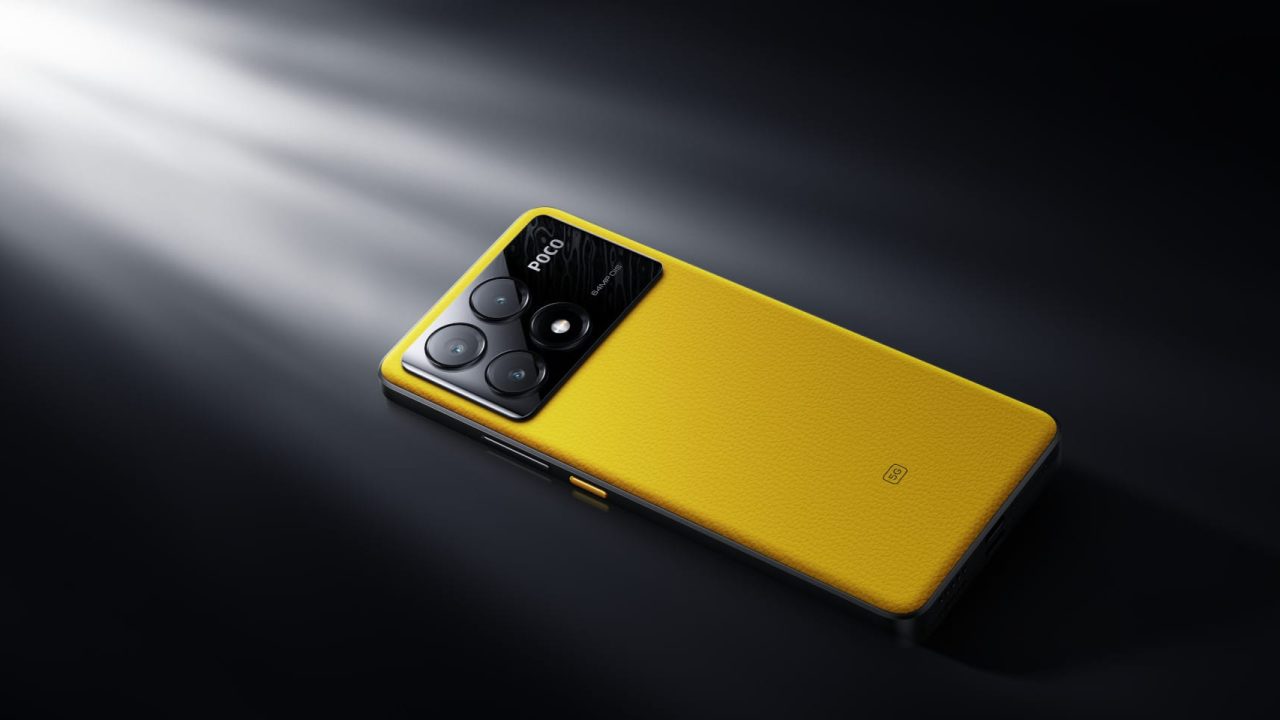The announcement of the latest iPhone model is usually met with great anticipation in Indonesia. However, recent reports reveal that Apple may not release the iPhone 16 in the Indonesian market, sparking significant conversation and disappointment among fans. Here’s a look into the factors leading to this surprising decision and what it could mean for Apple’s market presence in the country.
Regulatory Hurdles in Indonesia
One of the most significant reasons for the potential cancellation of the iPhone 16 release in Indonesia lies in the country’s stringent regulatory requirements. Indonesia has set regulations around the local content of products, particularly electronics, aiming to support local industries and employment. Known as the Domestic Component Level (TKDN) requirement, this policy mandates that a portion of the components or assembly of devices sold in Indonesia be sourced or manufactured within the country.
Apple has often found it challenging to comply with these requirements, as it relies on a highly specific global supply chain, and shifting part of the production or component procurement to Indonesia may not align with their operational model.
Increased Production Costs
Adapting the iPhone 16 for Indonesia, including sourcing parts or assembly from local suppliers, could lead to increased production costs. Meeting these regulatory standards would require Apple to either collaborate with local suppliers or invest in facilities that meet Indonesian production quotas. Apple’s highly streamlined, high-quality assembly process is centered in specific production locations worldwide, and adding new assembly lines in Indonesia may not be economically viable for a single market. This economic consideration could have contributed to Apple’s decision to delay or cancel the release.
Market Demand and Pricing Factors
Apple has a loyal fanbase in Indonesia, but its products remain in the premium price range, accessible only to a smaller segment of the population. Market data suggest that iPhones are not the top-selling smartphones in the region, as Android devices from brands like Samsung, Xiaomi, and Oppo dominate the market with budget-friendly models that are more appealing to a wider customer base.
Indonesia’s economic landscape and consumer purchasing power also play a role. While there is a premium market for devices like the iPhone, Apple may have assessed that releasing the iPhone 16 in Indonesia with potential price adjustments for regulatory compliance might limit its appeal and impact its profitability in this market.
Rising Competition in Southeast Asia’s Smartphone Market
The smartphone market in Southeast Asia, including Indonesia, is highly competitive, with brands like Samsung, Xiaomi, Oppo, and Vivo consistently releasing new models tailored to the regional market. These brands have established manufacturing partnerships and regional assembly lines that allow them to meet local requirements and price their devices competitively.
Apple’s strict standards and fewer localized models mean that competing with these brands on price and accessibility is challenging. If Apple perceives the iPhone 16 as having difficulty standing out against these competitors in Indonesia, especially with regulatory challenges, it could have opted to skip this market for the model.
Supply Chain and Global Prioritization
The global supply chain has faced disruptions in recent years, from semiconductor shortages to manufacturing delays due to pandemic-related shutdowns and the Russia-Ukraine conflict. As a result, Apple, like many tech companies, has had to prioritize certain markets where demand is strongest or where regulatory and operational hurdles are minimal. This market prioritization might have led Apple to focus on regions with fewer regulatory complexities and a more extensive iPhone customer base, potentially leaving Indonesia out of the iPhone 16 release.
Potential for Reintroduction: Will the iPhone 16 Be Released Later?
Apple may choose to forego the initial release, but a reintroduction is always a possibility. In the past, Apple has worked with regional authorities and made changes to guarantee that its products could eventually be sold, sometimes months after the initial worldwide release. The iPhone 16 might eventually make its way into Indonesian stores if Apple can come up with a workable solution that meets the TKDN requirements.
Another possibility is that, as it has done in other nations with particular regulations, Apple will release a particular model or variant that satisfies regulatory standards.
Reactions from Indonesian iPhone Fans
The potential unavailability of the iPhone 16 has stirred disappointment among Apple enthusiasts in Indonesia. Many iPhone users rely on the device for its user experience, camera quality, and ecosystem connectivity. Social media platforms have seen increased discussions and petitions urging Apple to reconsider its stance on the iPhone 16 in Indonesia.
Meanwhile, some Indonesian iPhone fans might consider acquiring the device through third-party importers or even traveling to neighboring countries where the model is released. However, these options are often associated with higher costs and potential warranty issues.
Publish by : Ropezh













